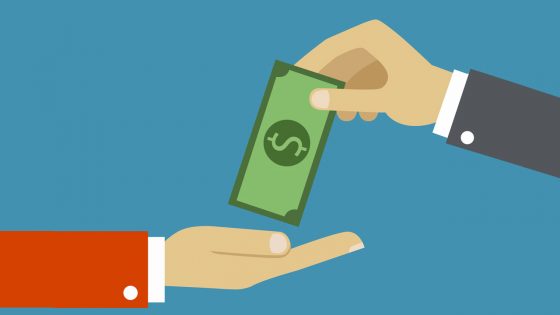The Customer Effect
Can better products and lending practices heal marketplace lending’s hangover?
- Marketplace lenders are suffering from a steep decline in investor demand.
- Industry analysts are bullish long term if the platforms can develop compelling products for investors.








